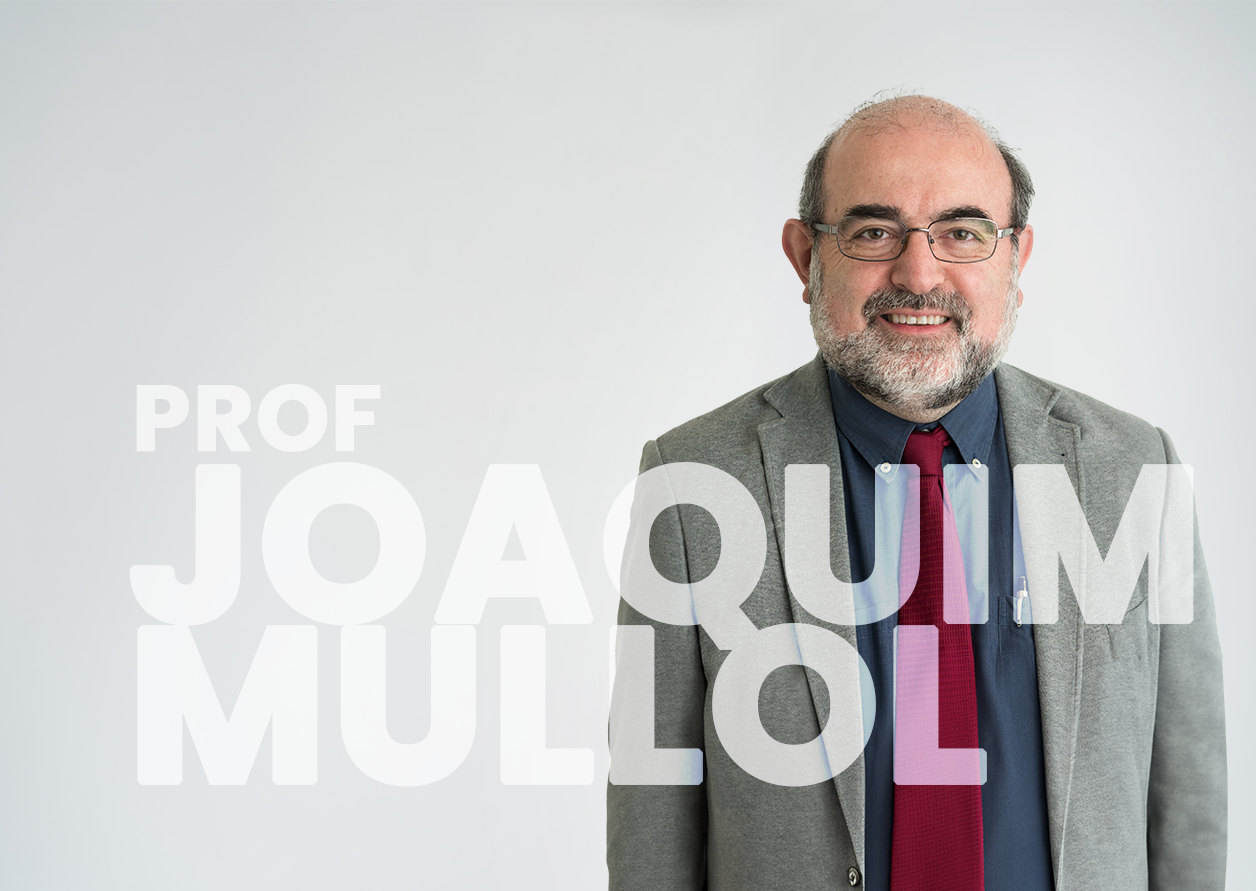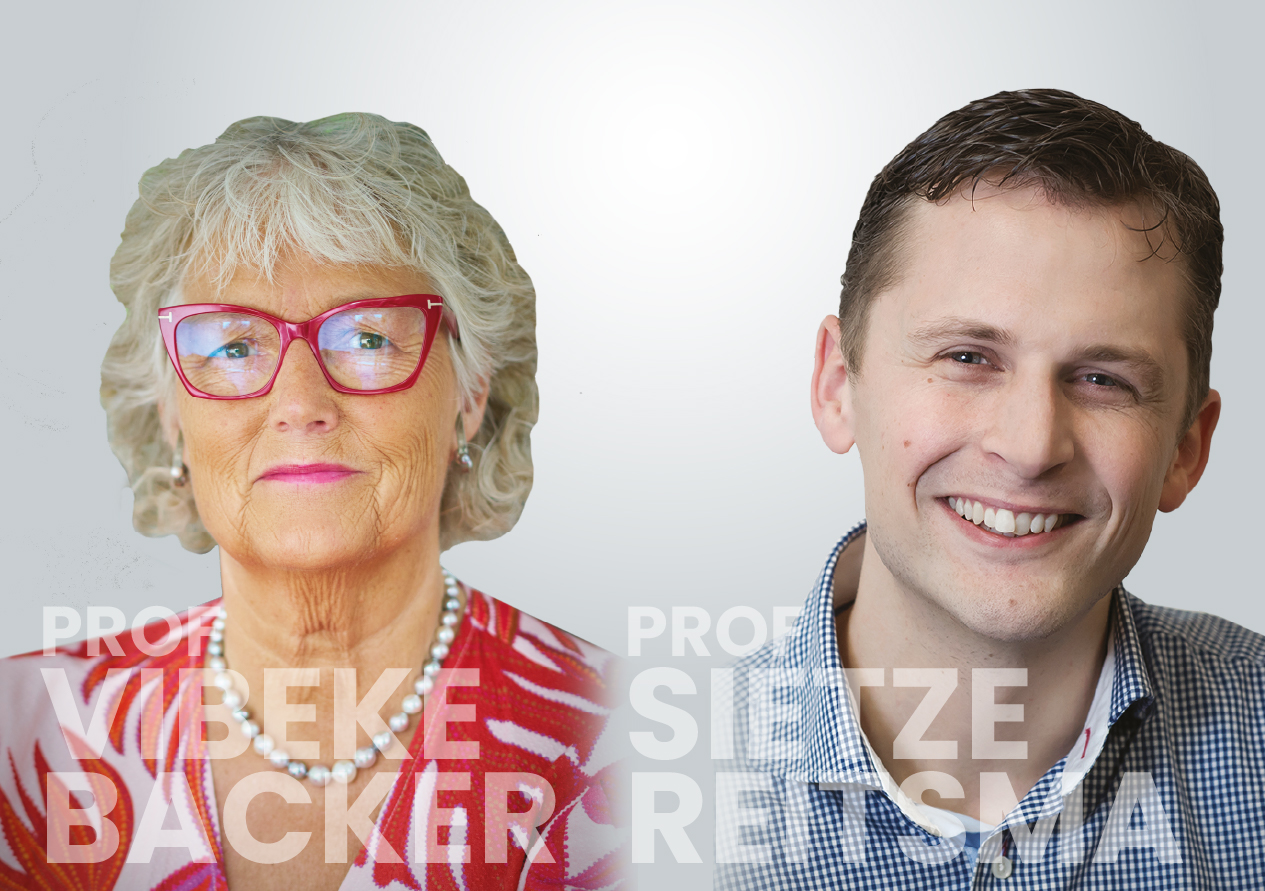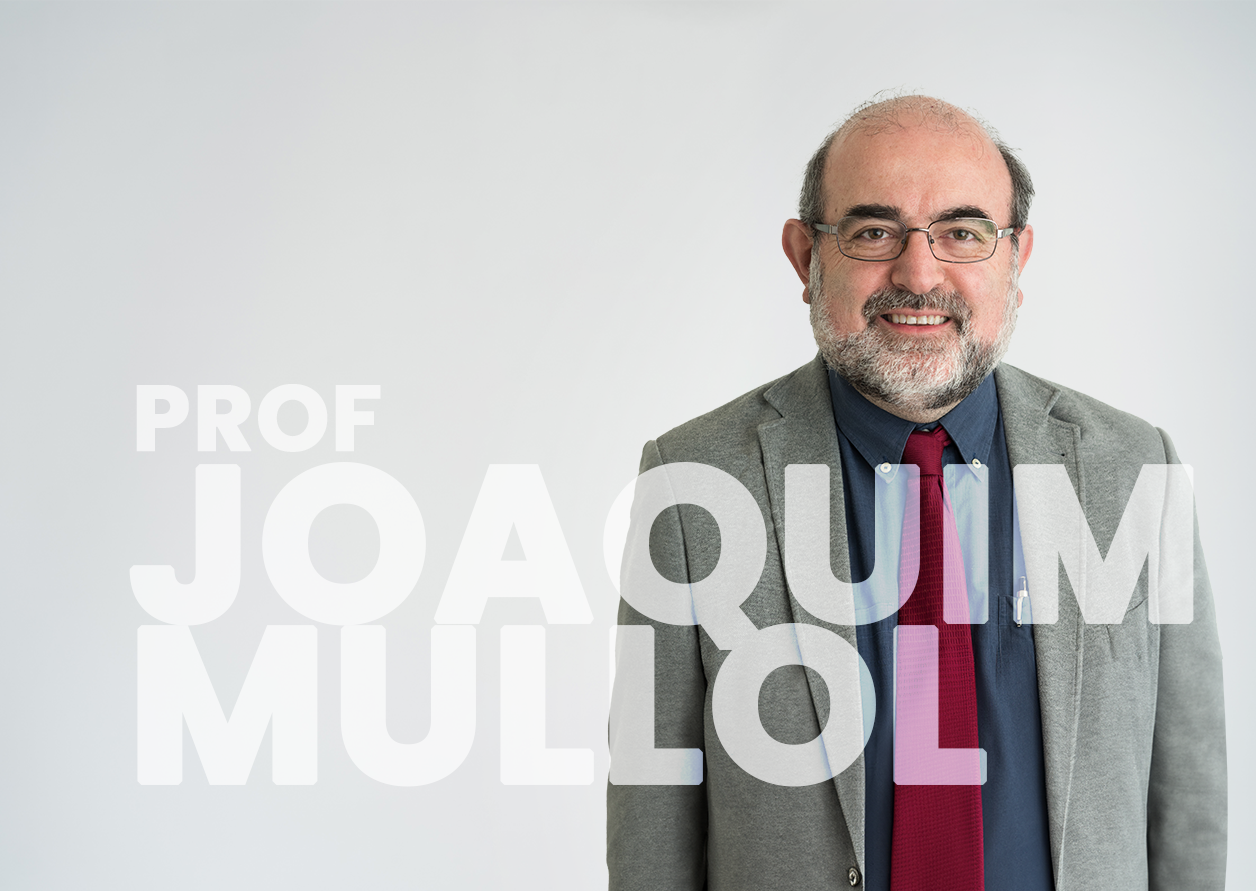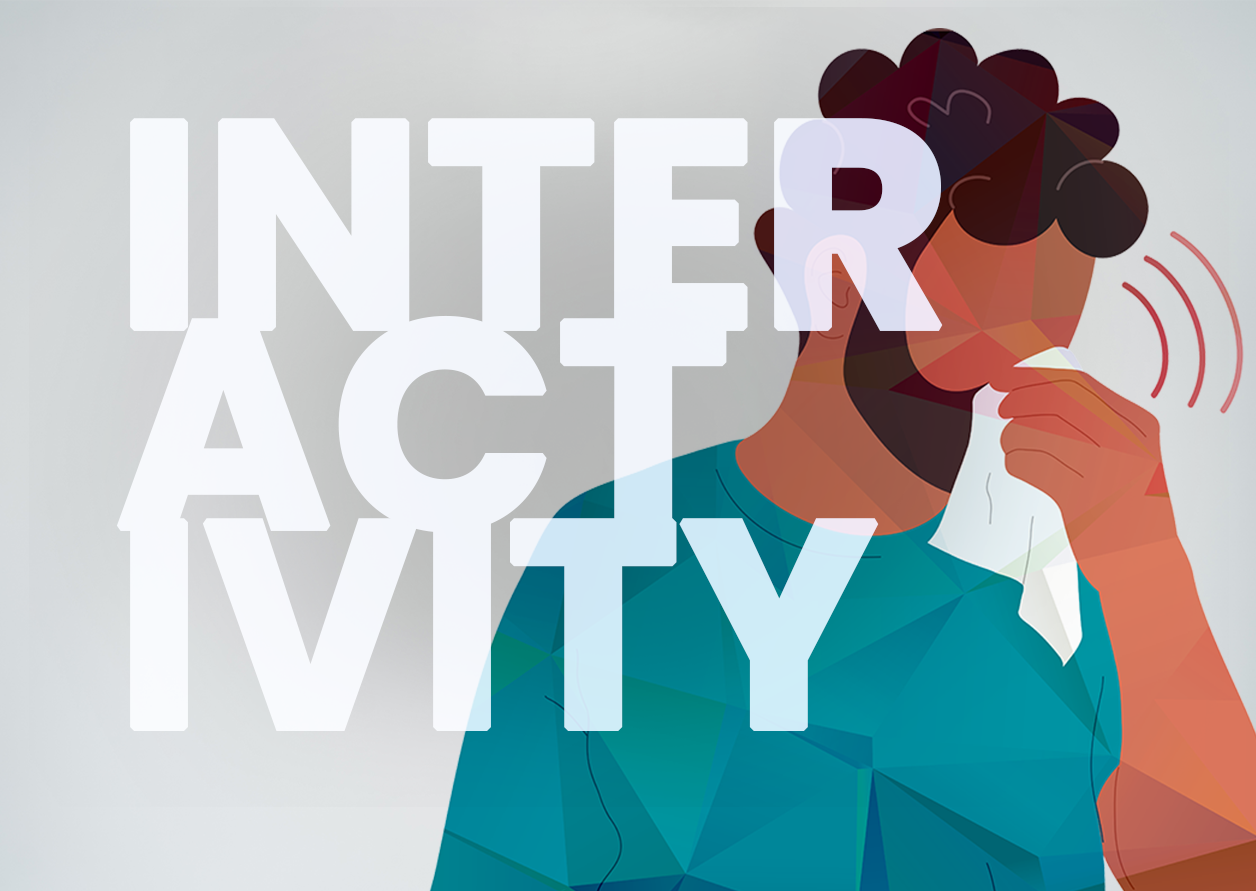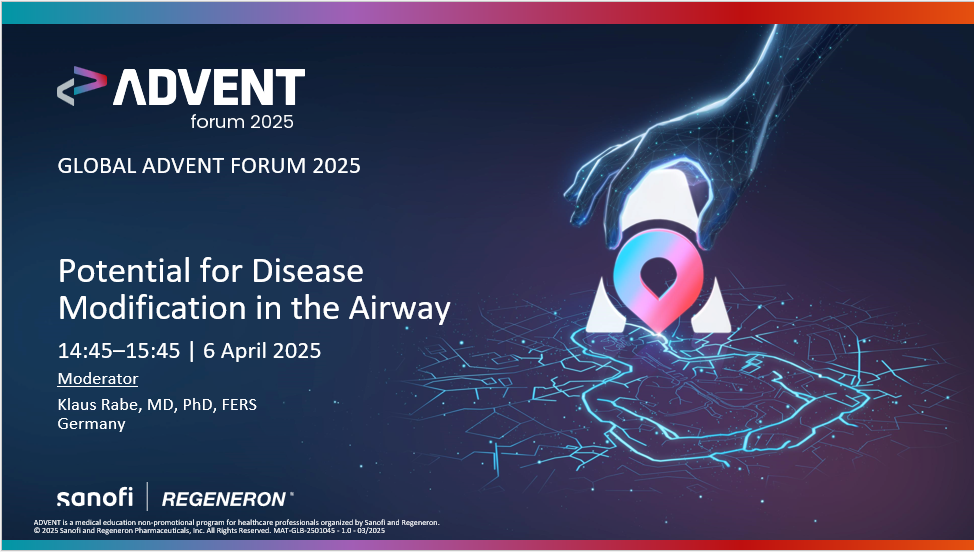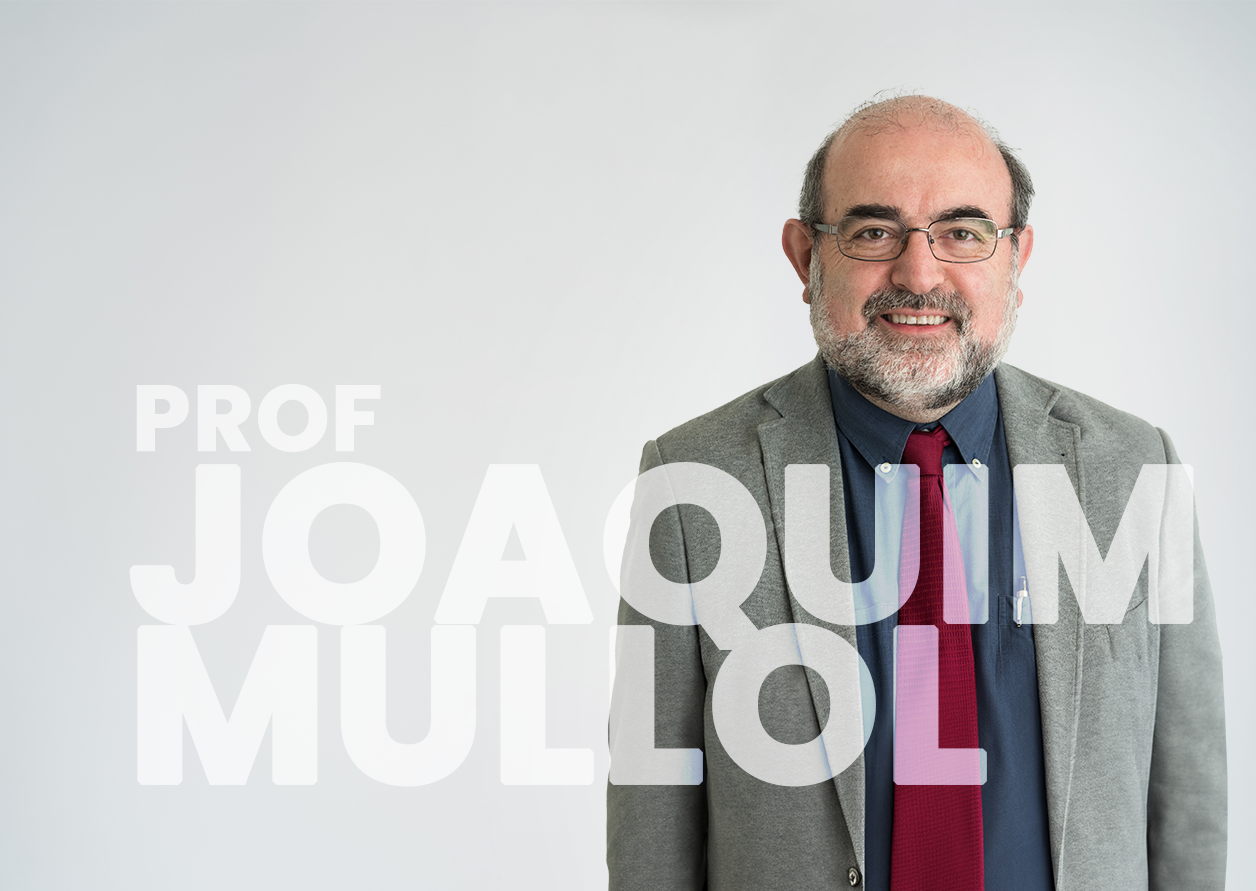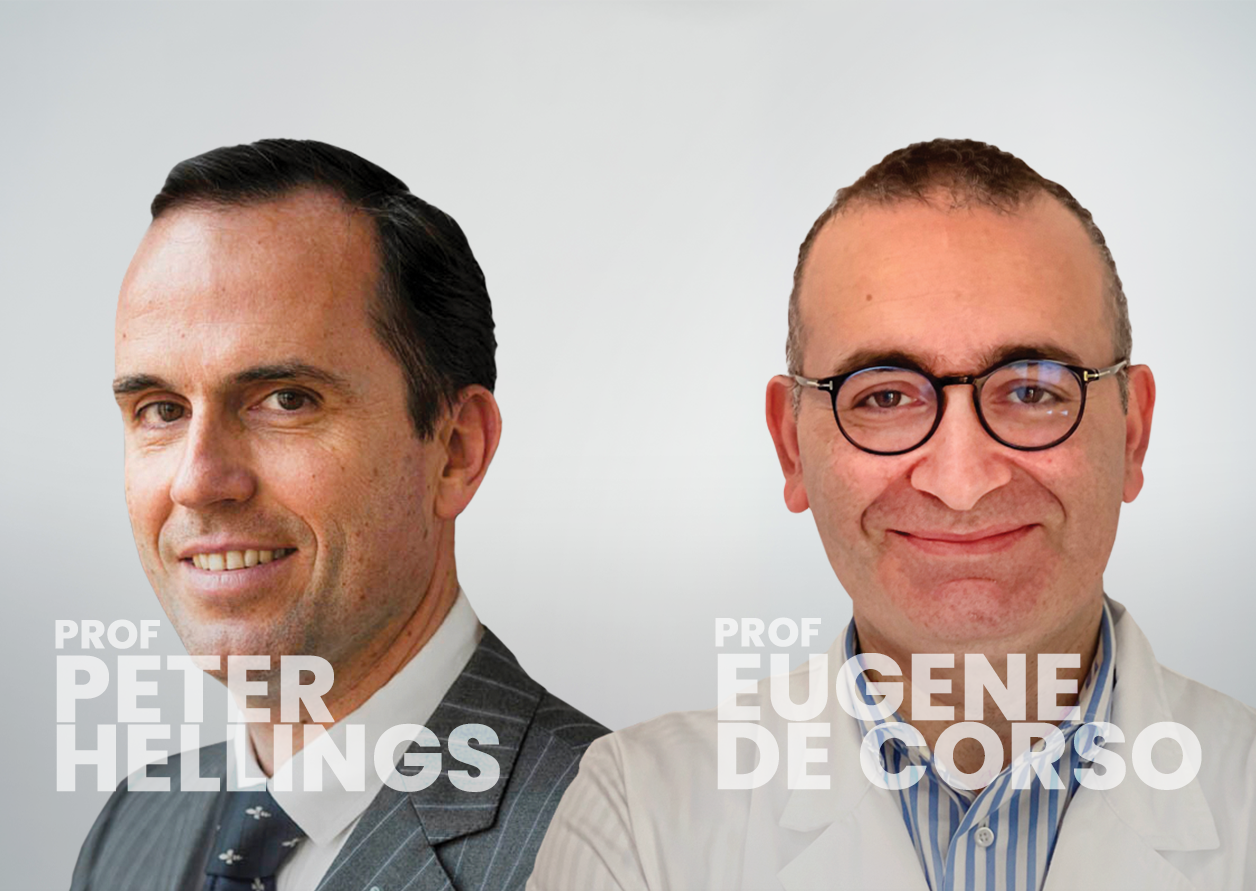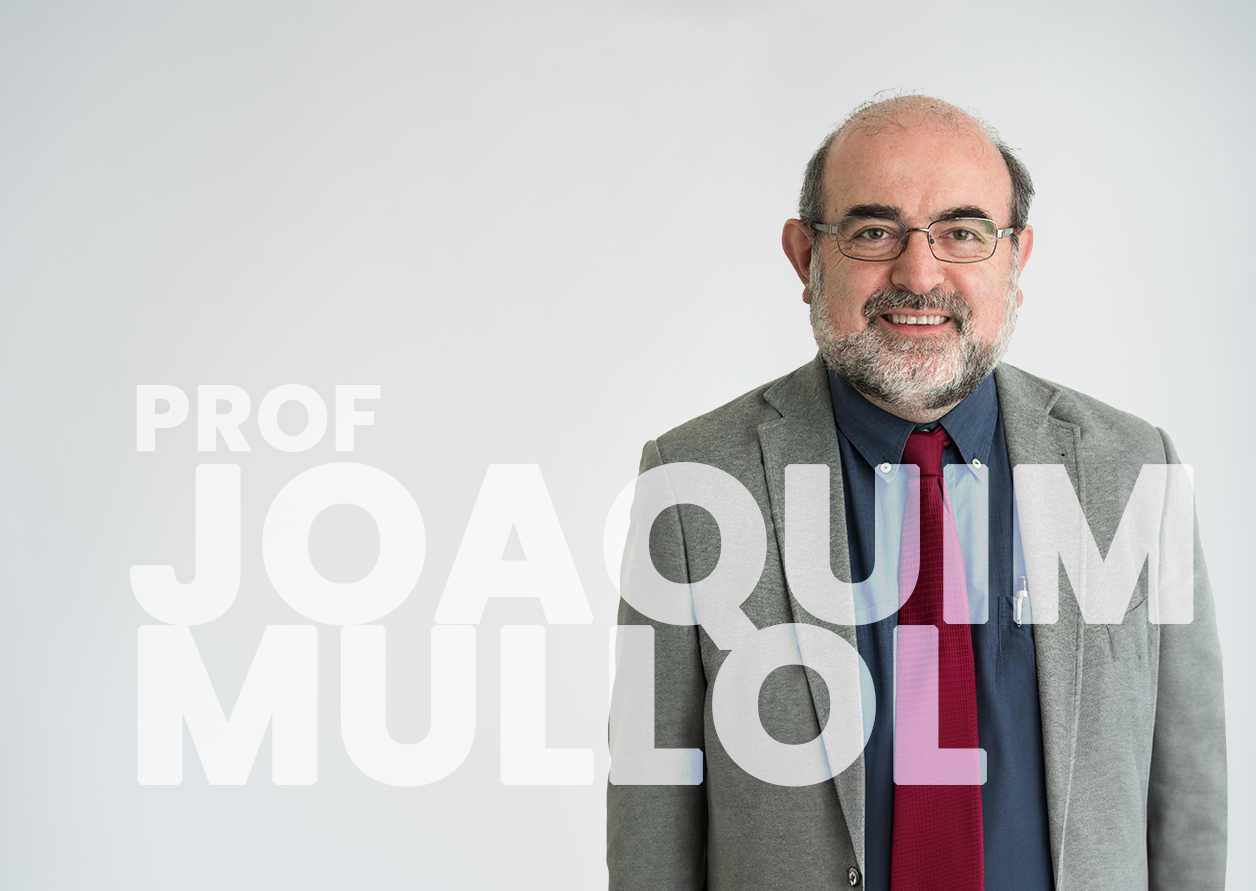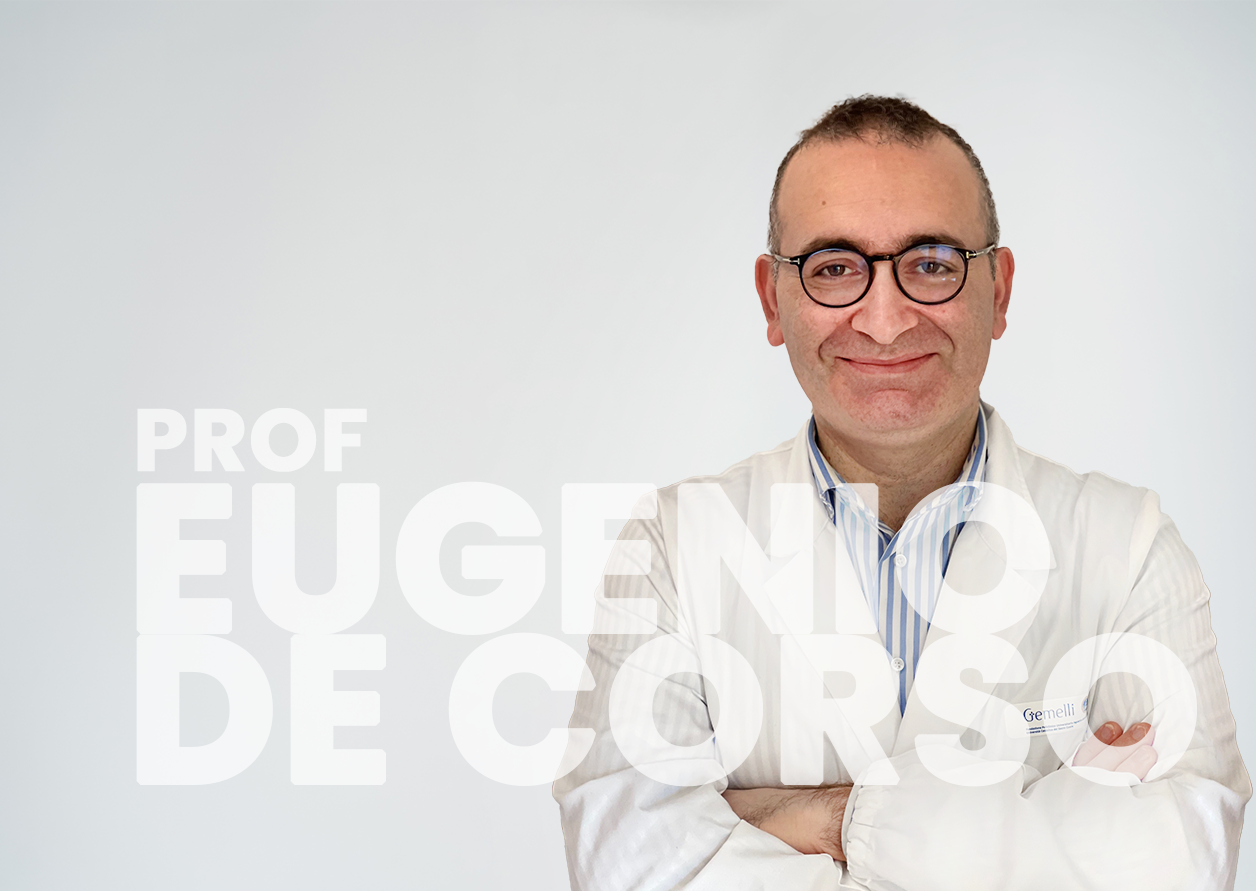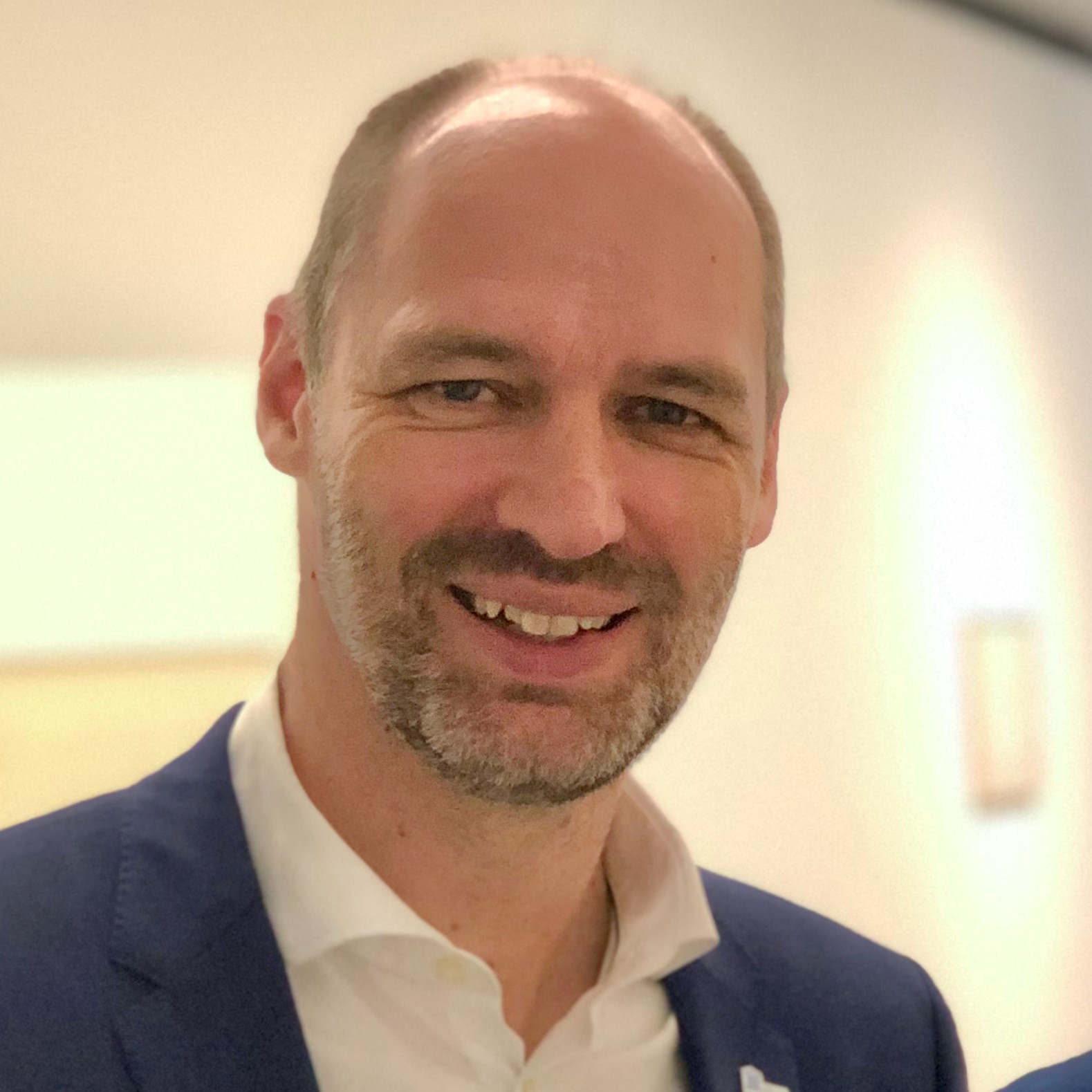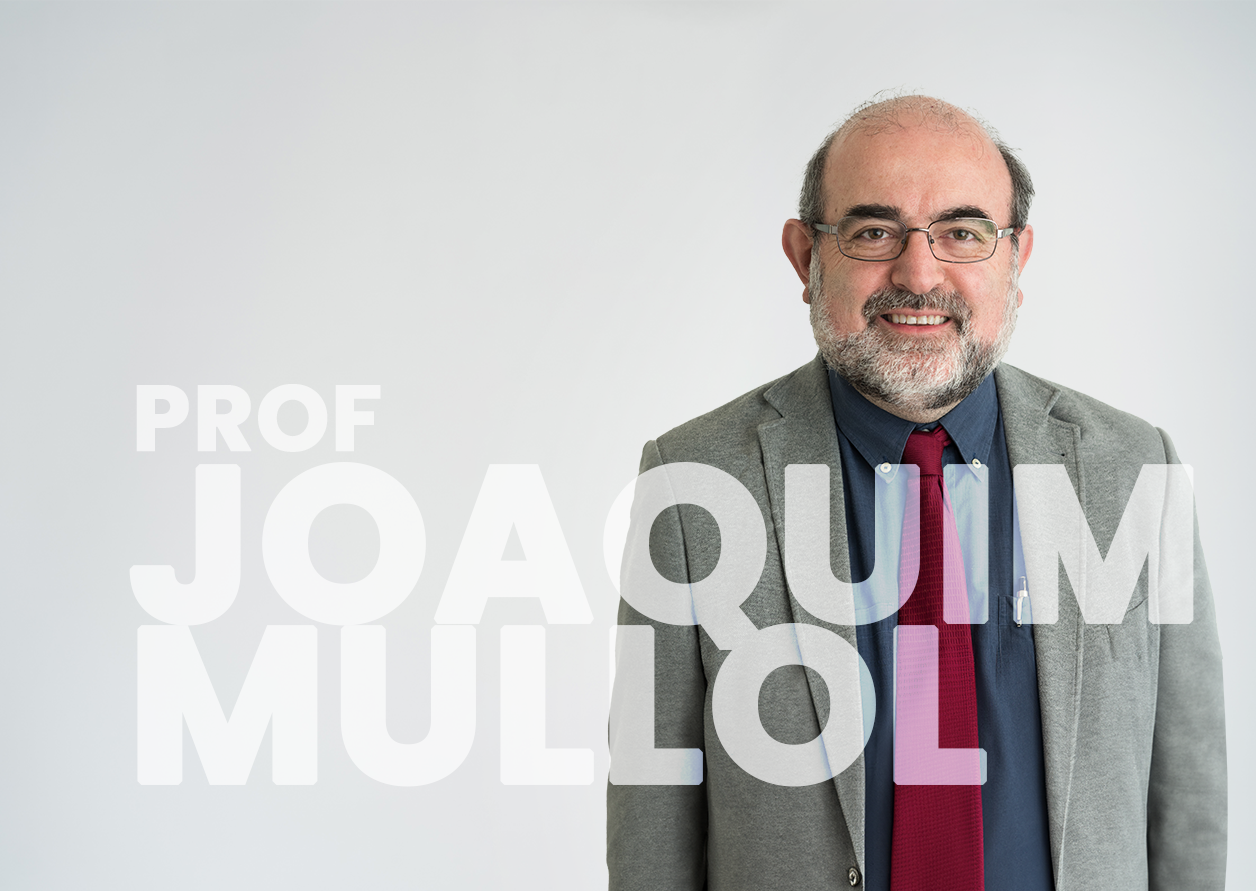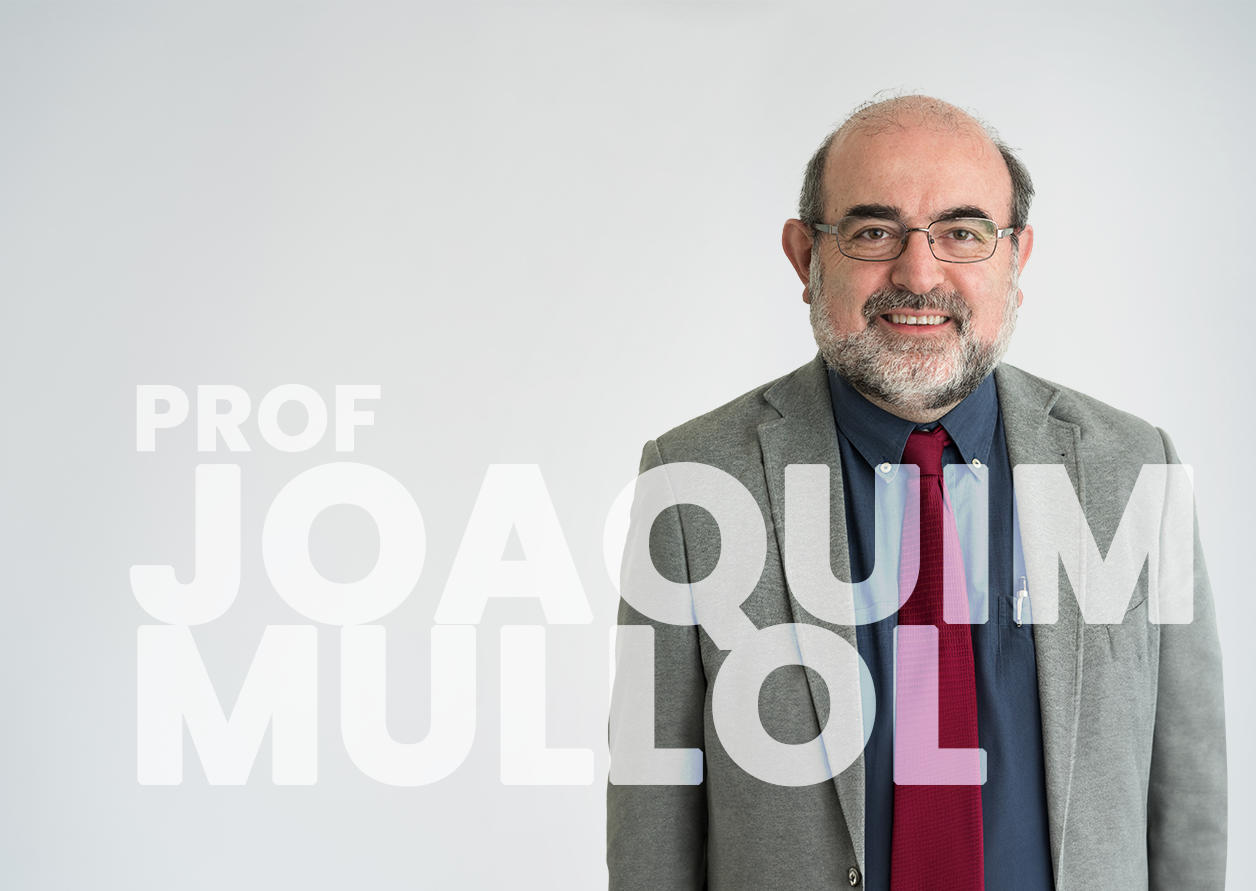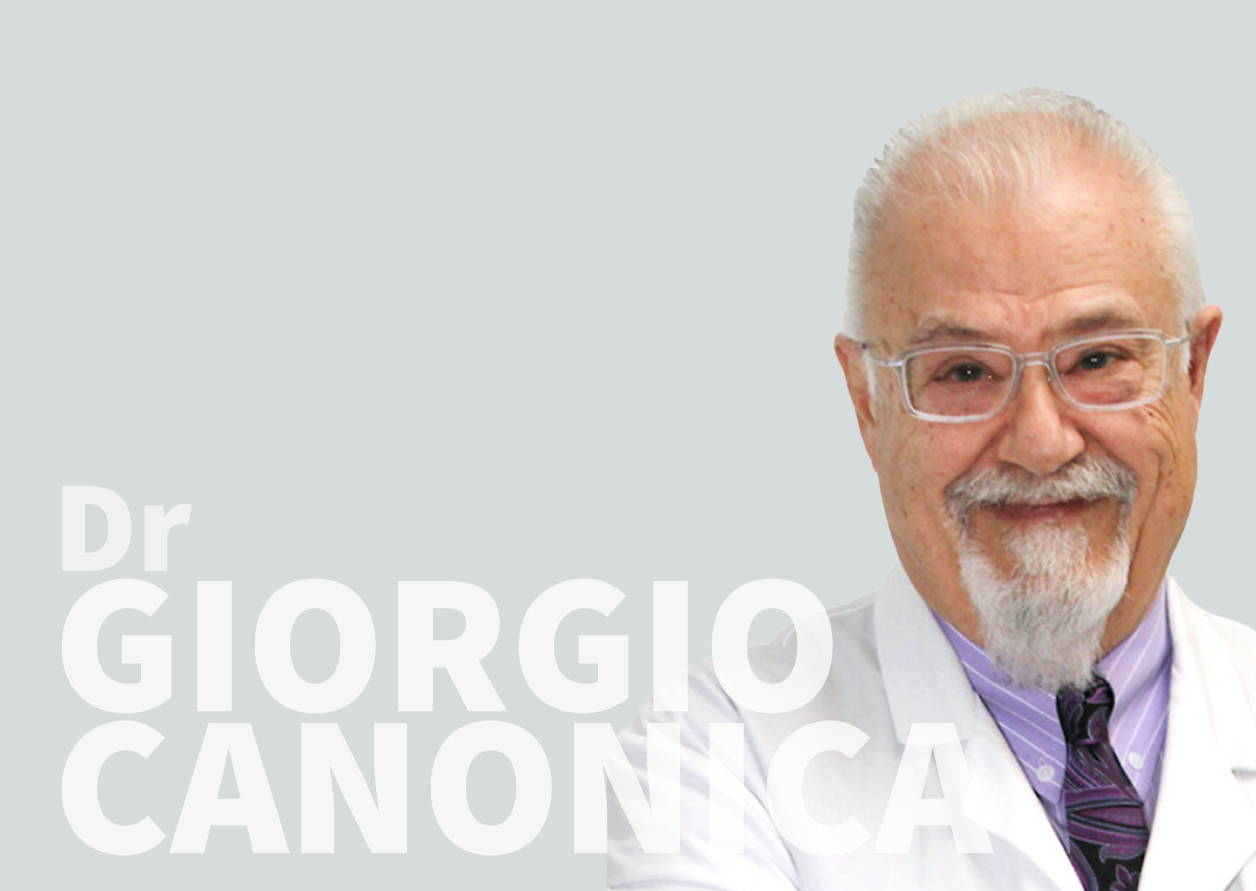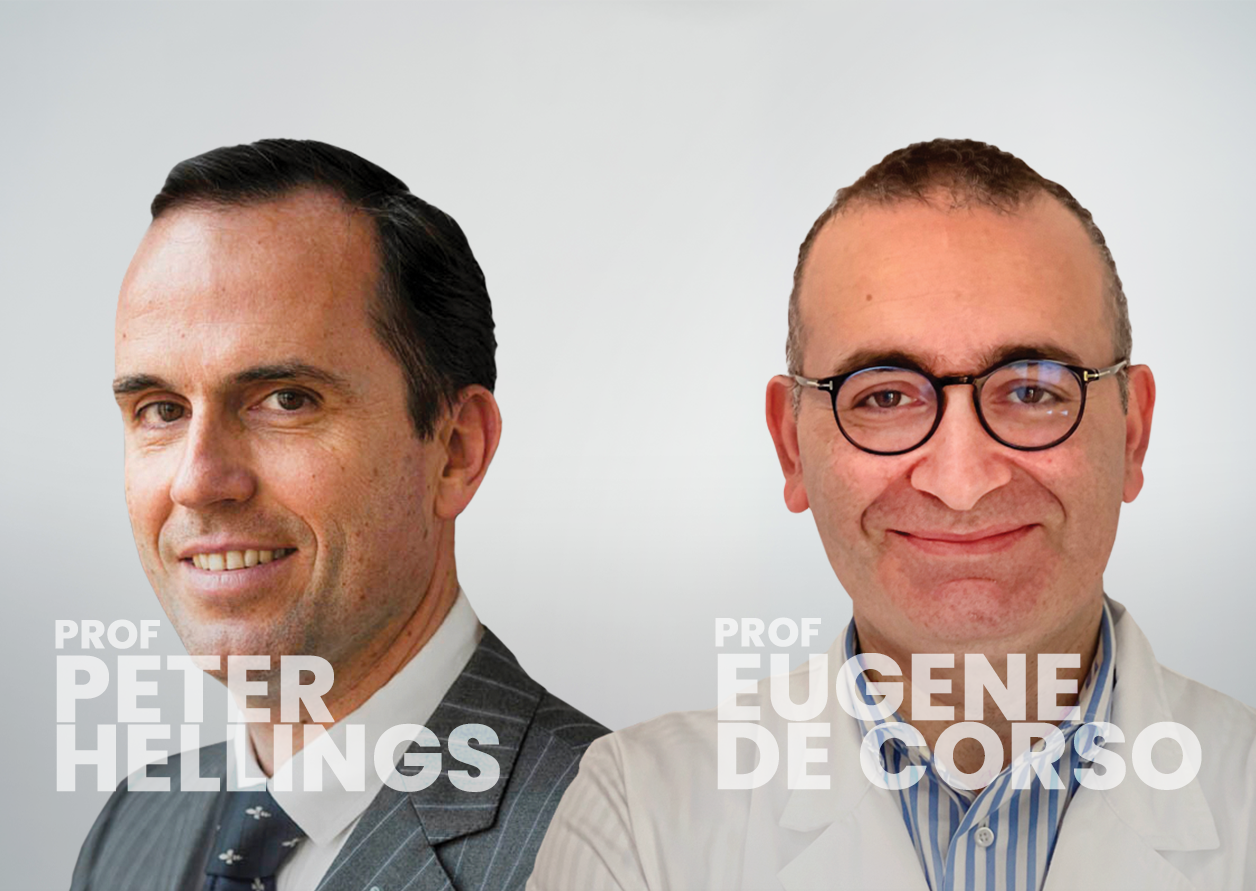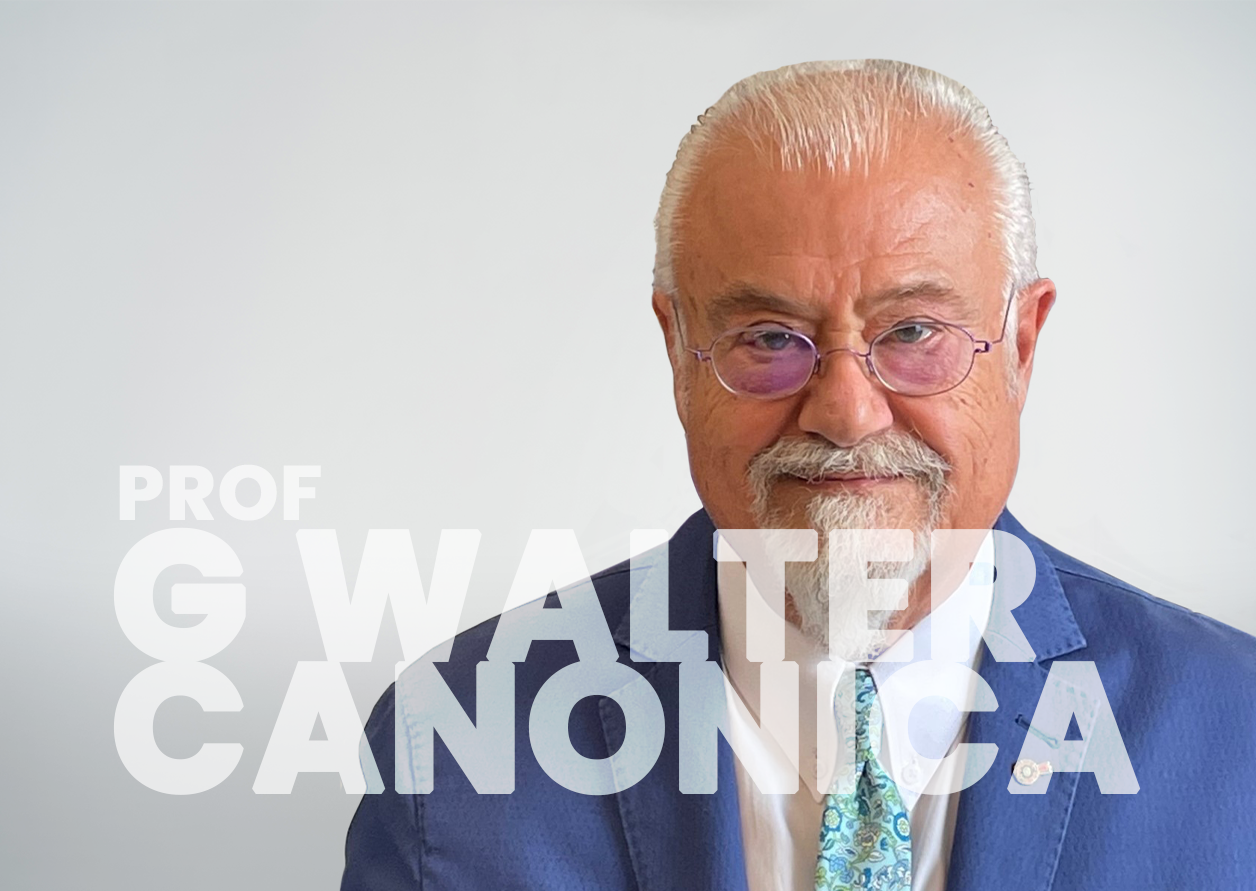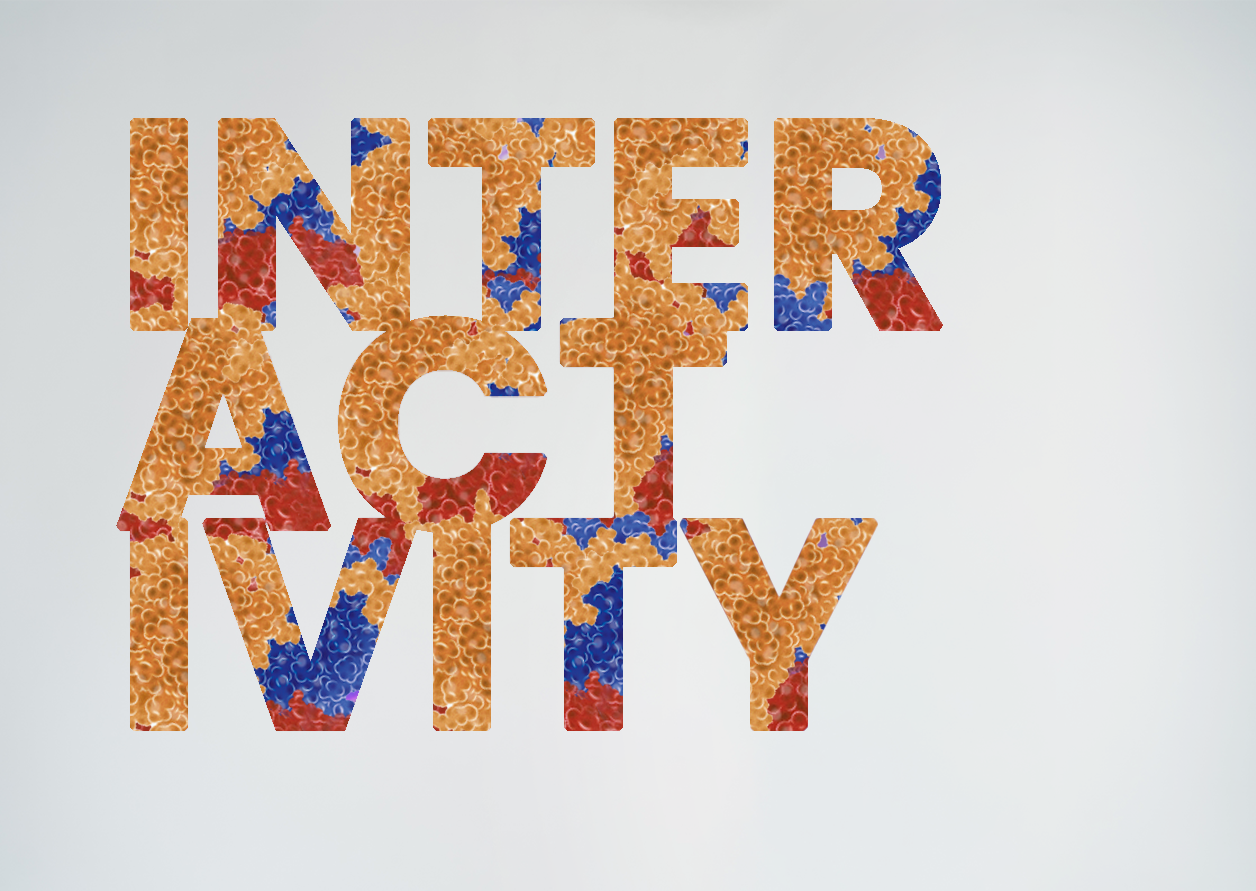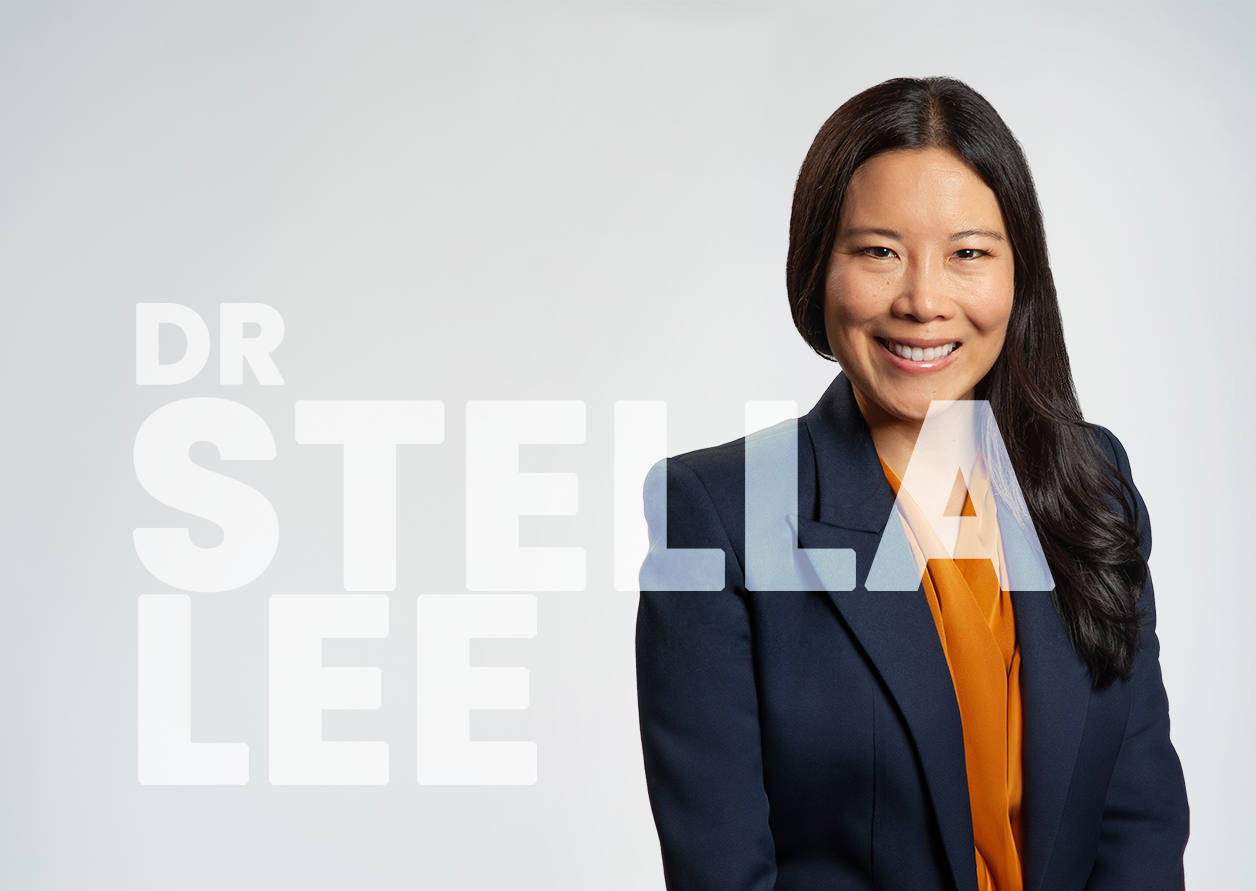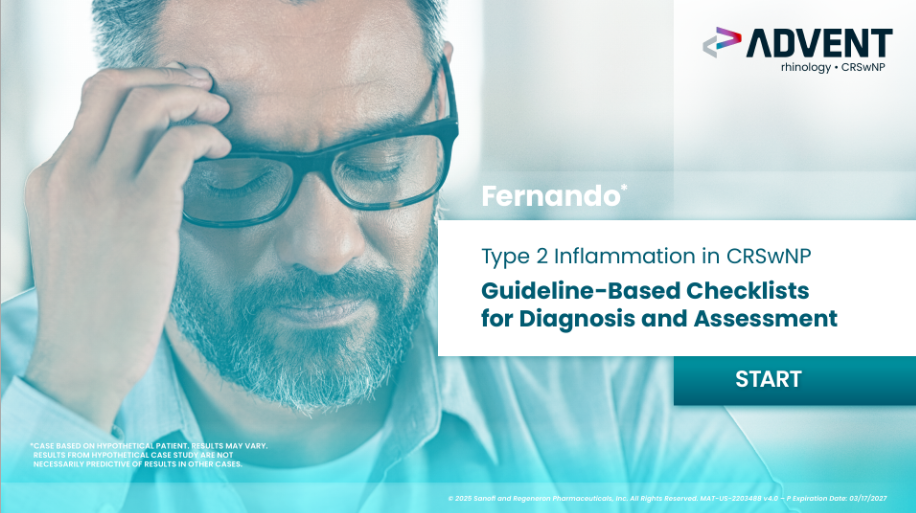Type 2 Inflammation: Links With Severe Uncontrolled CRSwNP
Learning objectives
- To understand the immunological basis of Type 2 inflammation and its role in the pathophysiology of severe, uncontrolled CRSwNP, including key cells and cytokines involved
- To recognize the global variability in Type 2 CRSwNP prevalence and its treatment strategies across different regions
- To identify clinical markers and patient-reported symptoms (e.g., smell loss, nasal obstruction) that guide disease severity assessment and the use of targeted therapies
Description
This video delves into the link between Type 2 inflammation and severe, uncontrolled CRSwNP. It explains the immunological basis of Type 2 disease, involving TH2 cells, eosinophils, mast cells, and cytokines like IL-4, IL-5, IL-13, TSLP, and ITE. The speaker highlights global prevalence differences, with higher rates in Western countries and urban China, and emphasizes the importance of identifying biomarkers and symptoms such as smell loss and nasal obstruction. These insights are crucial for guiding treatment decisions, as current therapies are designed to target Type 2 pathways and may not be effective for other inflammatory types.
About this expert
Vibeke Backer
Chief Respiratory Physician, Department of ENT and Centre for Physical Activity Research | Rigshospitalet, Copenhagen, Denmark
See author’s profile



